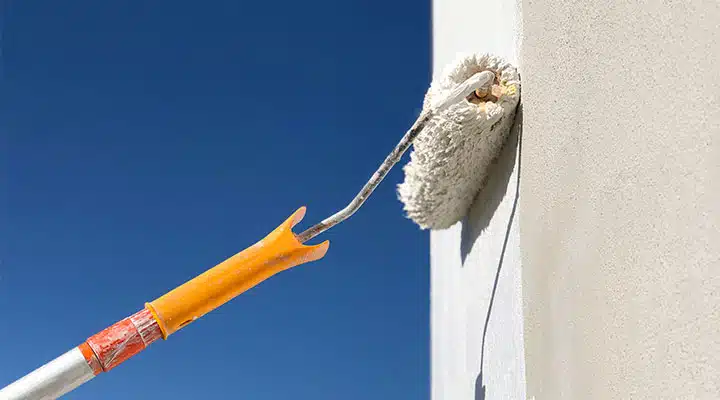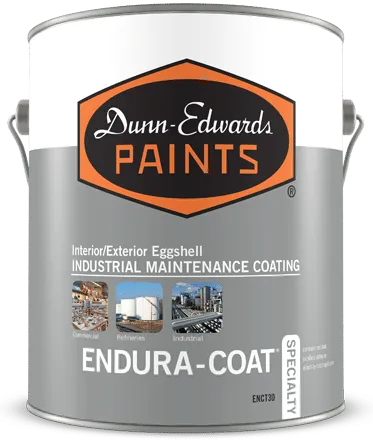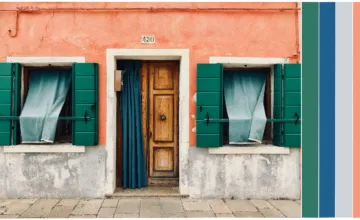Painting a Path to Eco-Efficiency
05/11/2021 | Robert Wendoll |
"Sustainability" has long been the watchword of the green building movement. There are times, however, when the concept of sustainability can be difficult to grasp or put to use in practical, clearly meaningful ways. For example, if we understand "sustainability" in the way suggested by the 1987 Brundtland Commission, it means "meeting the needs of the present without compromising the ability of future generations to meet their own needs."
This is a lofty ideal, but how do we really know what the needs of the future generations will be? And how can we be sure that what we do now won't compromise their ability to meet those needs? To bring things down to earth, a companion concept is proving helpful: eco-efficiency.
We can define eco-efficiency as the ability to satisfy human needs in ways that minimize adverse impacts on energy and material resources, environmental quality, and human health and safety. If sustainability is the goal, eco-efficiency gives us a yardstick by which to measure progress.
In evaluating the eco-efficient qualities of paint, the first thing we notice is that paint is an inherently eco-efficient product. Paint serves the dual purposes of decorating and protecting architectural surfaces. This means that paint preserves the substrates to which it is applied, conserving energy and material resources, while improving the visual quality of our environment.

Here are some of the ways in which paint is eco-efficient:
- Exterior paint resists the damaging effects of wind rain and sunlight, preventing the deterioration of wood, metal and masonry so that buildings last longer and require less maintenance.
- Exterior paint in light colors contributes to energy efficiency and air-quality improvement by raising the albedo (light reflectance) of surfaces, while reducing what is known as the "urban heat island effect" - the existence of metropolitan areas that are significantly warmer than their surroundings.
- Interior paint resists soiling, staining, wear and abrasion of contact surfaces, helping to keep homes and workplaces clean and sanitary, while increasing the efficiency of indoor lighting.
These benefits are achieved with only a thin film of paint, no more than a few thousandths of an inch in thickness - a very efficient use of materials!
The eco-efficiency of paint is steadily increasing as organic solvent content is reduced (for air quality benefits both indoors and outdoors), pigments and biocides containing heavy-metals are eliminated (reducing potential health effects), and new technologies deliver significant product performance gains.

Product performance is a key component of the eco efficiency of paint, maximizing environmental benefits, while minimizing total ecological burdens. Product lifecycle analysis of paint shows that high performance - especially in terms of coverage (amount of material needed per application) and durability (length of service life before re-application) - prevents wasteful and inefficient use of energy and material resources from start to finish.
This is a happy coincidence for Dunn-Edwards, our customers, and the environment - as the best quality paint is also the most eco-efficient.















